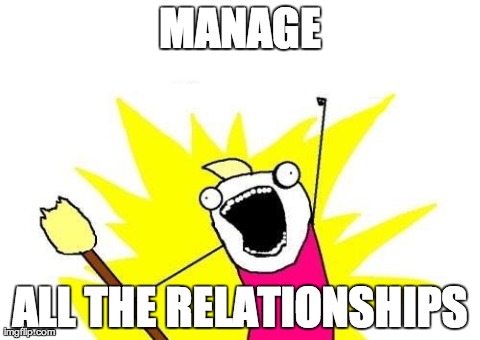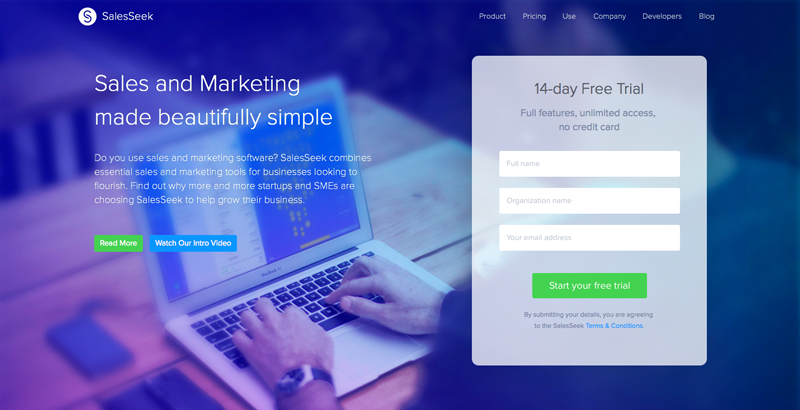Lessons learned from my role in a growing sales organisation who implemented their first CRM with the goal of a scalabled an globally reportable sales force.
Web to Leads, CRM, Global Sales Domination!

I used to work for a manufacturing company that sold to all corners of the globe. USA, UK, Australia, New Zealand, Singapore, Russia. More than 30 countries in total. We would drive all our web traffic to a contact form on our website that matched up with our SugarCRM. We had spent about $10,000 on Sugar for implementation and training, on top of the on-going subscription costs.
We sold our products directly with our own salespeople in the USA and New Zealand. However the rest of the countries were a mixture of one-off direct sales, commission only agents, resellers and retail organisations. Generally if somebody was prepared to buy stock units and set up a retail presence then we would offer them a substantial margin and an exclusive geographic territory in return. If they simply wanted to seed our product with prospective buyers we would offer them an agents commission dependent on their level of involvement in the sales and delivery process.
The Problem with Sales Channels.
Most of our labour force was in Production and R&D so our in-house sales team began very small, with just two people across our two direct markets and myself account managing the other international markets. I would pass on sales leads to markets where we had a reseller and sign-up resellers, or sell direct, in areas that we didn’t. This resulted in a lot of work, and having a CRM system to simplify the process was essential.
The other challenging aspect was that it was a very high value item, and while some regions may not sell anything for months on end, if they did eventually make a sale in that region it could justify a year of nil months.
The dealers and sales agents in the different geographic regions would also be afforded a range of benefits including free marketing collateral, sales leads, training and assistance at trade shows, promotional discounts as well as the benefits of our global branding initiatives. So ensuring they were correctly handling leads was important.
Let’s bring all our channels onboard.
It therefore made sense to bring these people onboard with our CRM to track their activity and performance as well as offering them a tool which would help them sell.

This had been discussed in our original implementation but it was put aside with a ‘lets get your direct sales people onboard first, then we can roll it out to agents’ attitude.
Now because of our tight-knit in-house sales team we initially didn’t care too much for permissions, in fact because we all had our own strict territories we actually just preferred to have these open with clear visibility of each other. However when it came time to bring onboard these additional salespeople, the provisioning wasn’t there to easily enable it.
That’s where the problems started.

When I finally did get permissions configured (via the expensive consultants) for a small portion of our resellers I found that apparently the product wasn’t as simple to use for our dealers, without the training we had received.
Due to vast amount of functionality offered, and our dealers comparatively narrow set of tasks, they began getting confused on what this behemoth of a package was actually about. While I continued to push them to use it and gave training time and resources, it also became clear they were getting little to no value from the system. I would chase them up about why they hadn’t progressed any of the leads i send two weeks ago. This would trigger a large catch up of two weeks worth of rapidly fading memories, followed by another week-long lull or until whenever I felt I could harass them again.
They were simply using the CRM to appease me and ensure they continued to get leads.
They wouldn’t put their own leads generated into the system either, due to fear of losing control of them or being unfairly judged on their performance.
They viewed our CRM as:
- Intrusive
- Time Consuming
- Useless
- Bureaucratic
Given that we wanted to be seen as an innovative company and valuable partner, the experiment didn’t last long before it fell back to phone call catch-ups and spreadsheet reporting
So what are the lessons I took away from this about CRM?
Offer Value
This is the same reason why CRMs have notoriously low sales force adoption. The system needs to serve & assist salespeople first, while also providing reportability for managers on top of this.
Gain Trust
Your sales channels are much more likely to use and trust your CRM if it gives some inherent value. Rather than just a big brother, peering over their shoulder.
KISS
Tools provided need to be refined and easily understandable by anyone who can use a smartphone.
Functional
Permissions and Hierarchy should be simple, and self-manageable, out of the box. Without the need for “Enterprise”, “Ultimate” or “Premium” licenses. It’s basic functionality.
If you’re interested to talk more about how we’ve learnt from these lessons in build SalesSeek, get in touch or leave a comment below.
Take advantage of a 14-day free trial of SalesSeek. Start your free trial with SalesSeek today.

